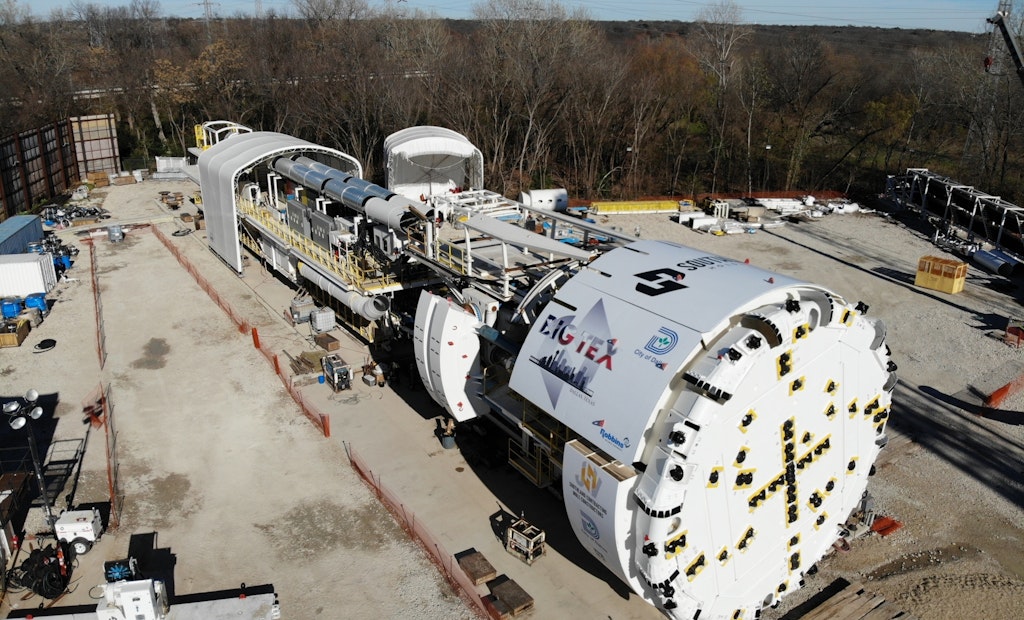
'Big Tex' is the name given to the 230-foot long tunnel-boring machine that is embarking on a $300 million project to protect thousands of Dallas, Texas, properties from flood events.
Dallas, Texas' storm sewers, designed and built in the 1930s, are no match for the dense neighborhoods of a 21st-century city. Despite upgrades and patches applied to accommodate a growing population and storm frequency over the years, floods were happening more frequently, and...





